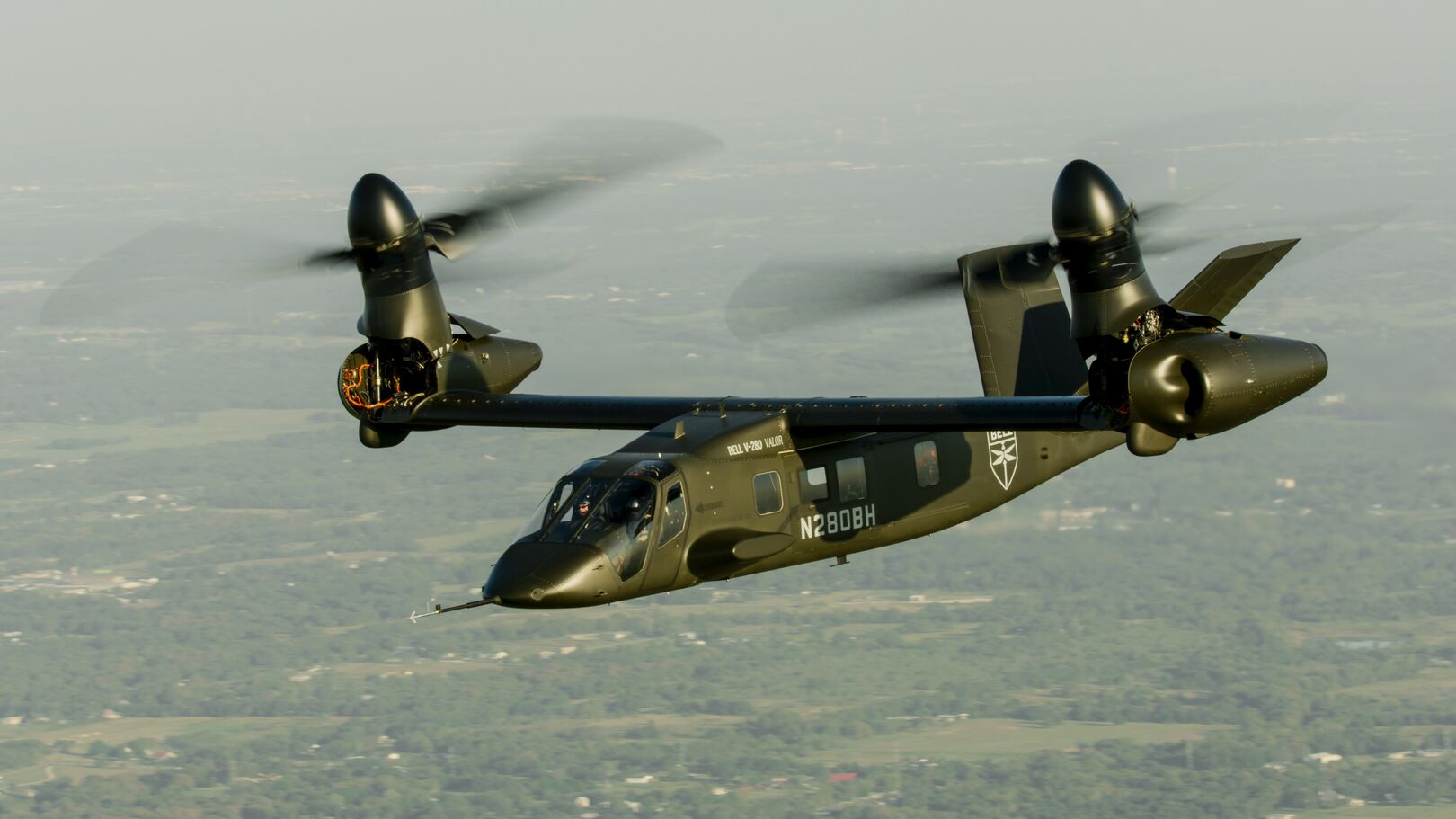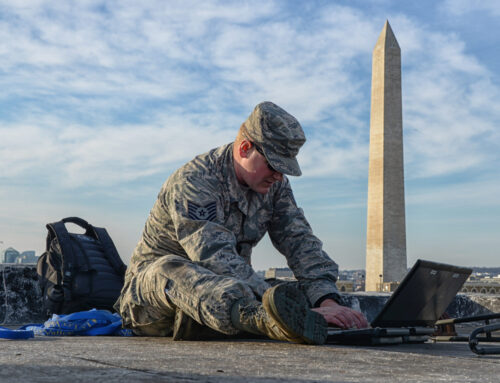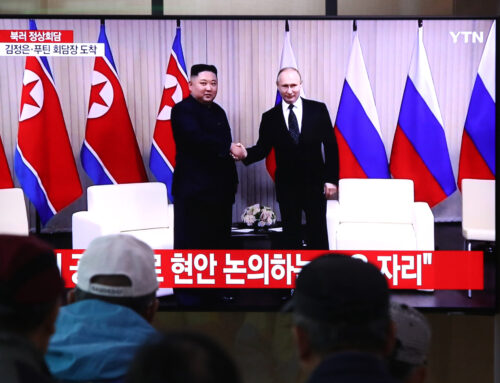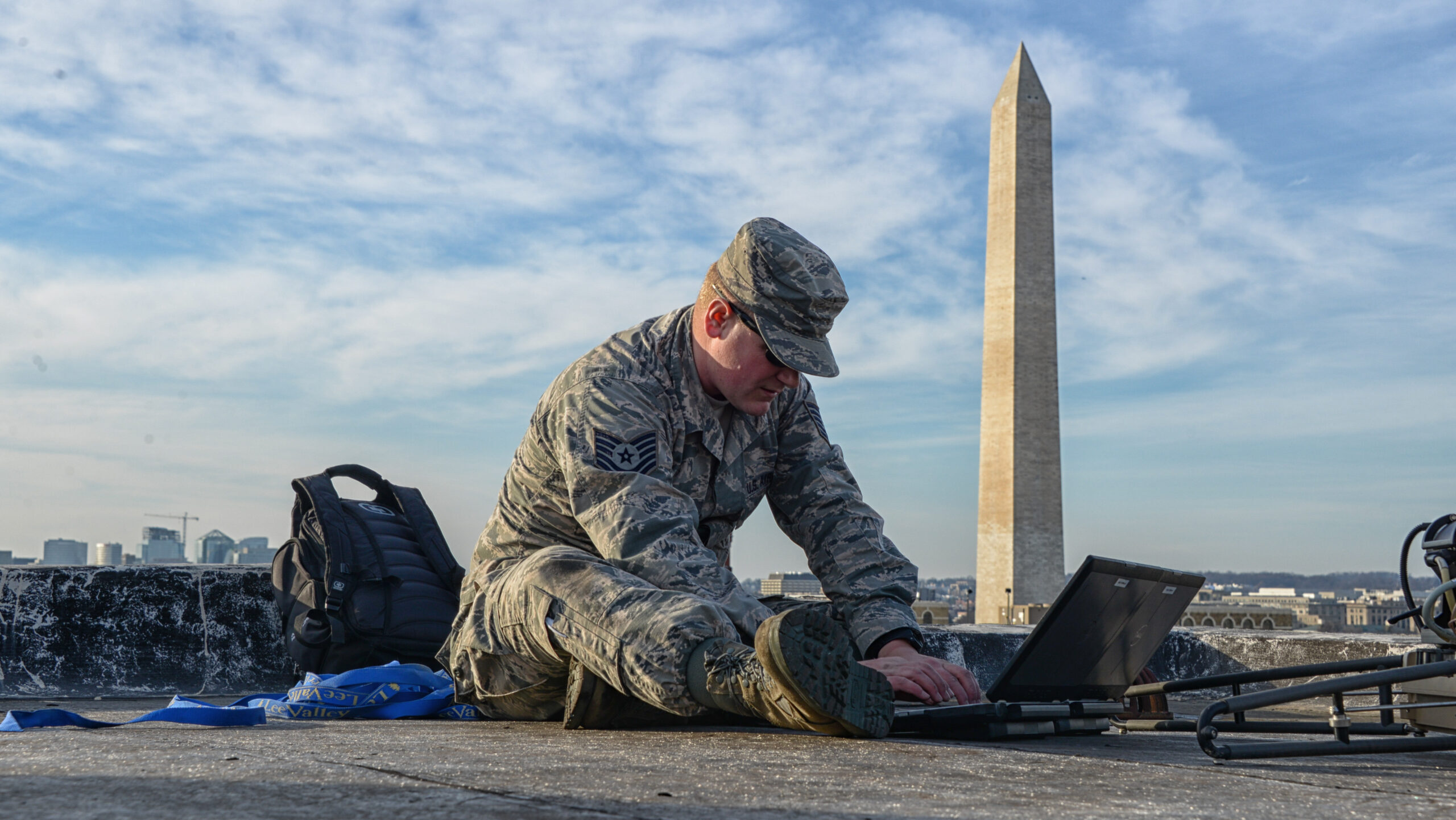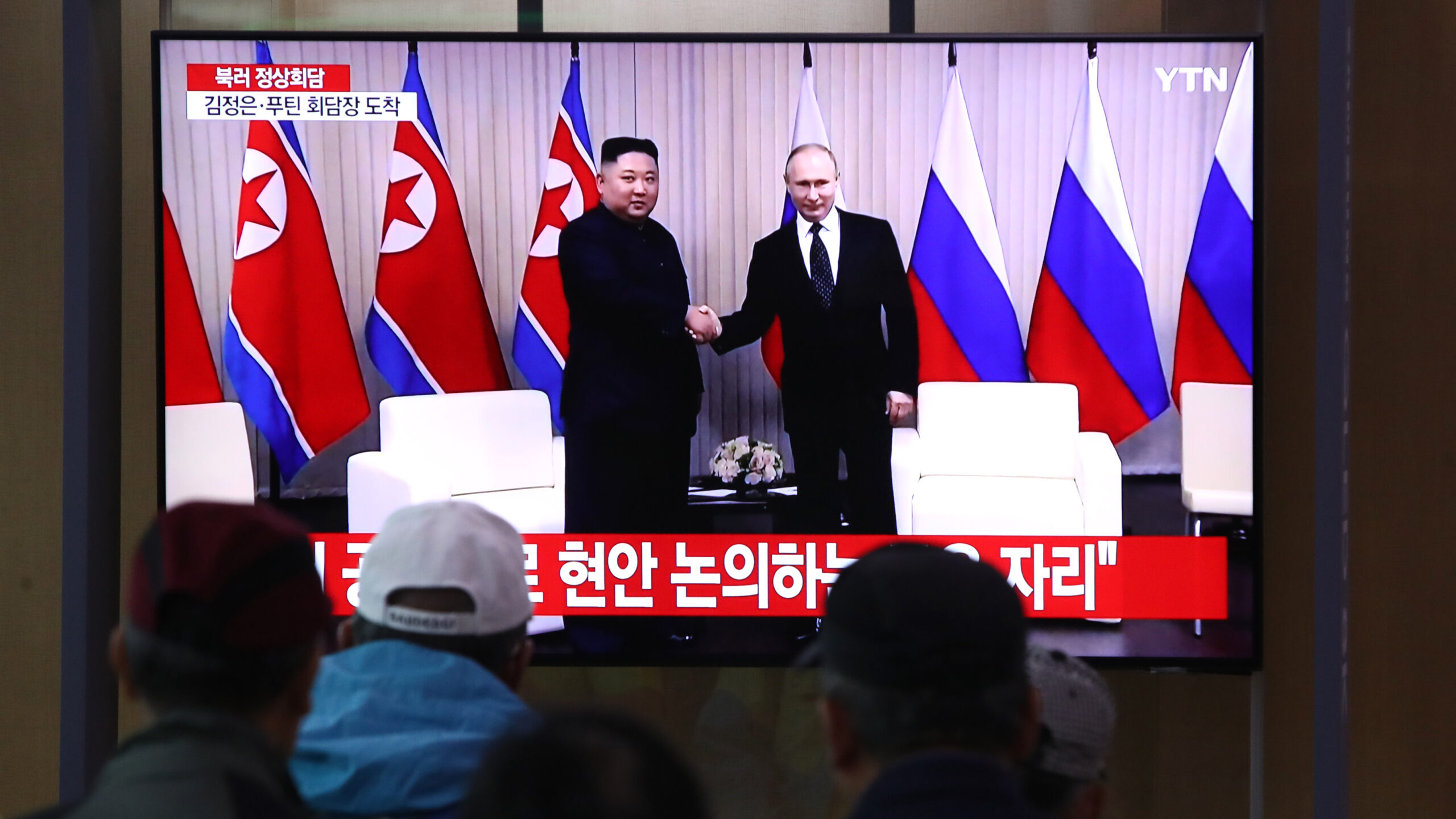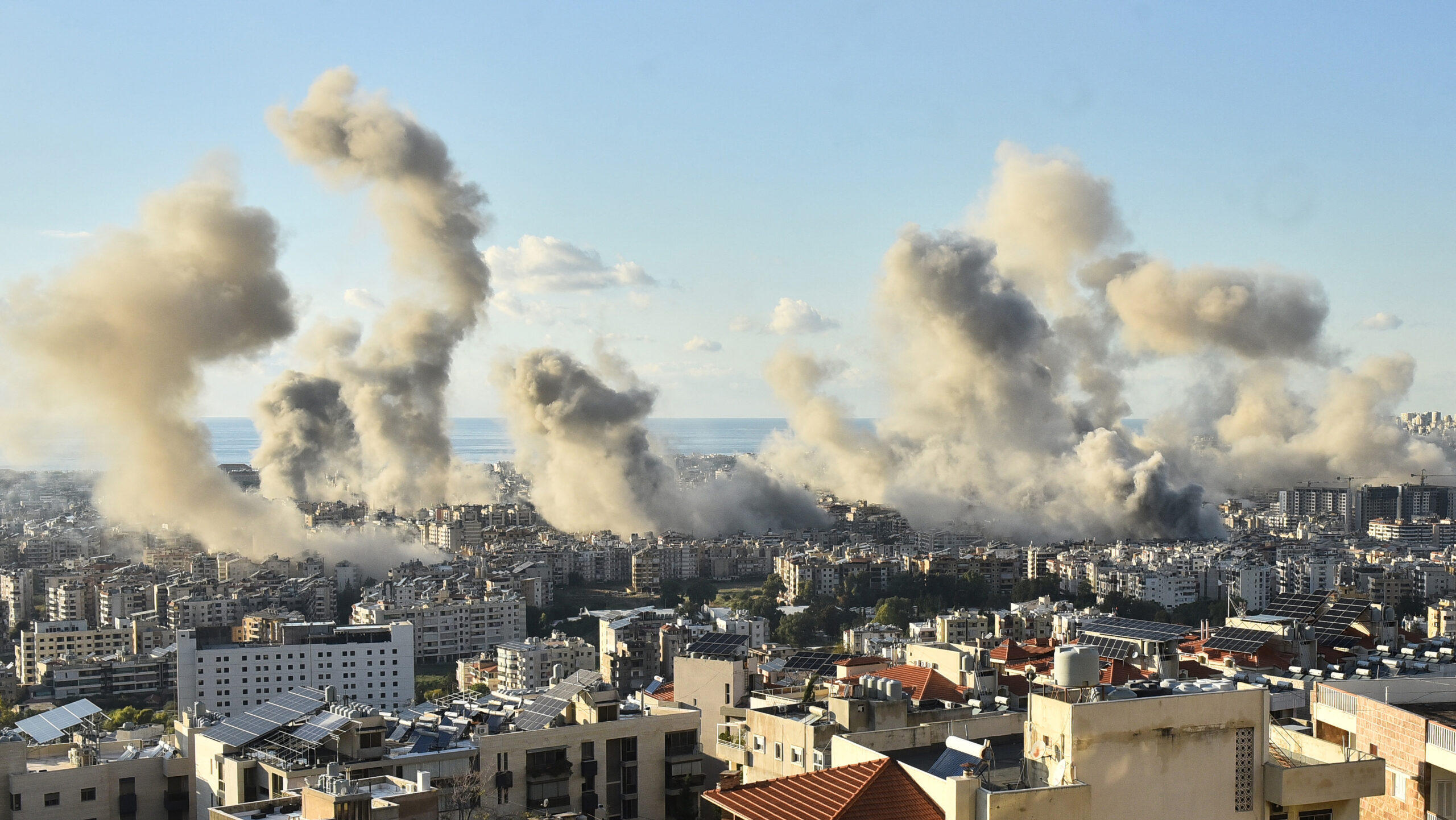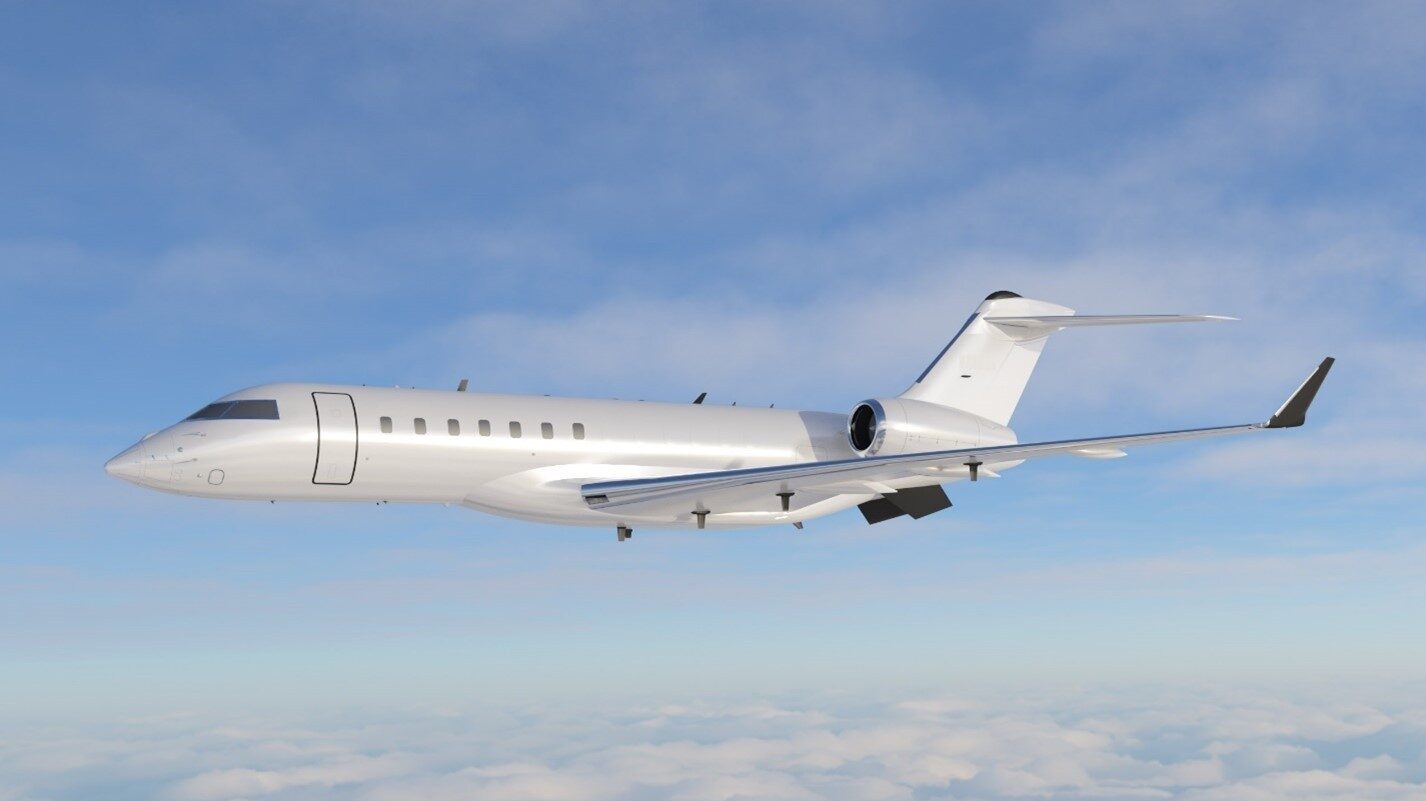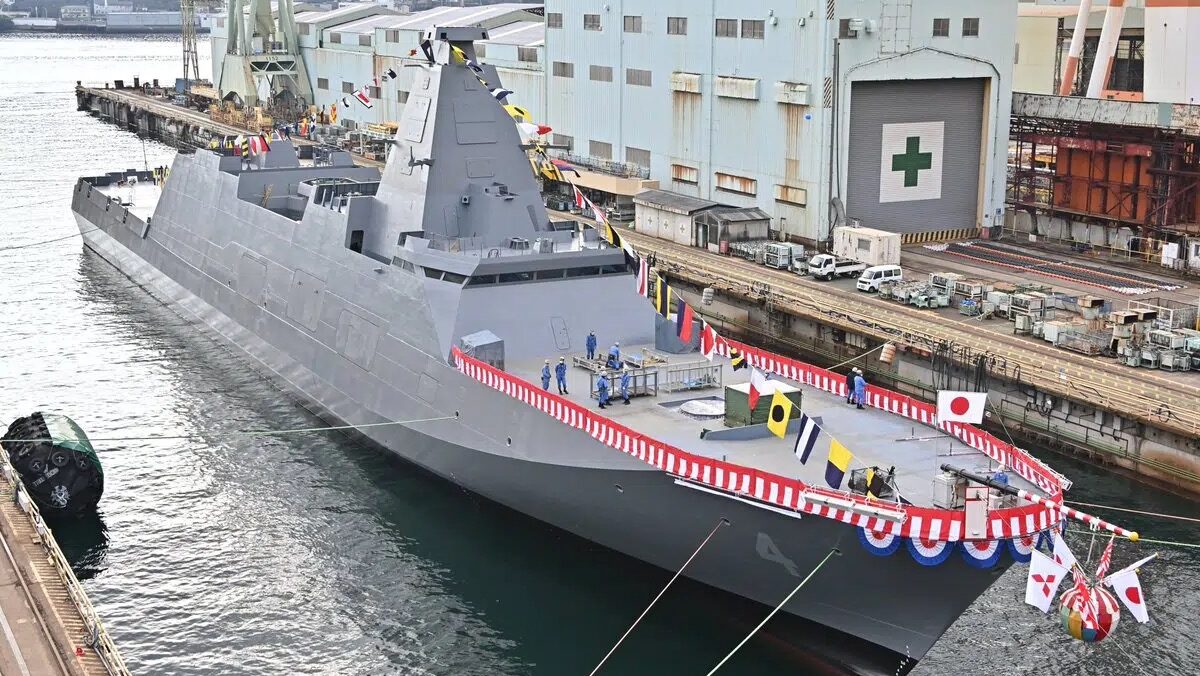Bell’s V-280 Valor tiltrotor won the US Army’s Future Long-Range Assault Aircraft (FLRAA) competition. (Bell)
WASHINGTON — In a win for the aerospace workforce of Wichita, Bell Textron unveiled plans to keep the US Army’s new Future Long Range Assault Aircraft (FLRAA) fuselage production in the city despite moving work in house, the company announced today.
“As Bell prepares for the next stage of FLRAA’s engineering and manufacturing development phase, we are committed to investing in advanced manufacturing to ensure we deliver exceptional performance at an affordable cost to our customer,” Bell President and CEO Lisa Atherton said in a short statement. “Textron has a rich history with the state of Kansas as well as the city of Wichita, and we are proud to deepen that relationship as we establish this new facility.”
Two Kansas lawmakers — Sen. Jerry Moran and Rep. Ron Estes — praised that decision, with Moran calling it a “historic day.”
Additional fuselage work, the company added, will take place in Texas before the aircraft is assembled in Amarillo.
In late 2022, Bell beat out a team of Boeing and Lockheed Martin subsidiary Sikorsky to win the high-profile FLRAA competition. At the time, Army officials said the contract was worth $1.3 billion but could end up being in the range of $70 billion if contract options and export opportunities emerge.
The rotorcraft is envisioned to be faster and have a much farther range than current helicopter options, which the Army says “will expand the depth of the battlefield, extending reach to conduct air assault missions from relative sanctuary while enabling us to rapidly exploit freedom of maneuver to converge ground forces through decentralized operations at extended distances.”
Bell’s initial plan was to have Spirit AeroSystems produce the new rotorcraft’s composite-skinned aluminum fuselage in Wichita, but that changed earlier this year when Boeing moved to acquire Spirit under a $8.3 billion deal. Bell, in turn, announced plans to move fuselage production in house but at the time didn’t say where the work would take place.
For its part, the Army has kept the program moving forward, announcing in August that it had greenlit the engineering and manufacturing development (EMD) phase after receiving Milestone B approval. Bell Textron is now working on getting the first FLRAA prototype up in the air in 2026 before entering low-rate initial production in 2028 and ready for first fielding in 2030.
And for now, Army officials tell Breaking Defense that despite the fuselage shakeup, that plan is on track.
“We’re ahead of that problem. It’s already been worked out,” Army acquisition head Doug Bush told Breaking Defense in early October.
Days later, on the sidelines of the Association of the US Army annual conference, Program Executive Officer for Aviation Brig. Gen. David Phillips provided some additional details about the revamped plan.
“We believe that we’ve had very transparent discussions … with our OEM [original equipment manufacturer], and throughout the process, we’re looking at every critical path item. The fuselage is not a critical path item. There’s other items that are in the critical path to get the flight test,” the one-star general told Breaking Defense.
“They have a lot of experience with composite fuselages, and so they’re going to use their experience to potentially design it… more modular,” he said of Bell Textron. “That way, if there’s parts of that fuselage that are ready earlier, you can go ahead and get it down to the production facility and not have to wait for the entire fuselage to be ready all at one.”


